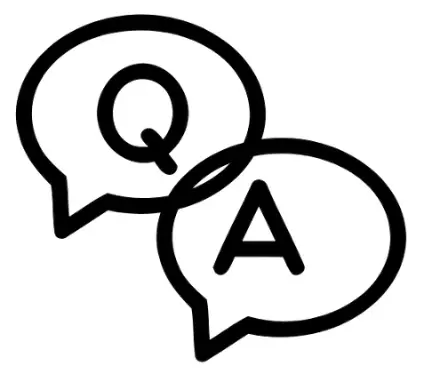21. Which of the following best describes a company with the following attributes?
Ownership: One person
Capital Contributions: Owner’s Equity
Taxes: Personal taxes
- Limited Liability Company (LLC)
- S Corp
- Sole Proprietorship
- Partnership
22. A loan in which the borrower has pledged some asset as collateral is known as a(n):
- Unsecured Loan
- Mortgage Loan
- Working Capital Loan
- Secured Loan
23. True or False.: When a company takes out a loan to purchase a vehicle or equipment, the value of the vehicle or equipment should be listed on the balance sheet as an asset.
- True
- False.
24. Which of the following is the correct accounting equation to use when determining equity?
- Assets – Liabilities = Equity
- Assets + Liabilities = Equity
- Assets = Liabilities + Equity
- Asset * Liabilities = Equity
25. The percentage of the existing principal loan balance that the borrower must pay the lender for borrowing the money is referred to as the:
- Refinance Rate
- Mortgage Loan Rate
- Interest rate
- Prime Rate
26. You are working on a balance sheet for your client. Currently, you have a total asset value of $51,500 and a total liability value of $7,500. Using the accounting equation, what would your total equity value be? (type your answer as a whole number without punctuation)
27. The multi-column chart listing each payment required during the loan period is called a:
- Loan Amortization Schedule
- Depreciation Schedule
- Loan Defrayment Schedule
- Mortgage Repayment Schedule
28. On the balance sheet, if your client splits their loan into long-term liabilities and current liabilities, which of the following would be the value that would be placed in the current liability section?
- The total amount due on the loan over the next six months
- The total amount due on the loan over the next month
- The total amount due to interest over the next twelve months
- The total amount due on the loan over the next twelve months
29. True or False: A mortgage loan generally requires the real estate to serve as collateral, but commercial loans generally may or may not have an asset associated with the loan to put on the books.
- True
- False
30. Which best defines amortization?
- The systematic process of repaying a loan over time
- The systematic process of depreciating assets over time
- The systematic process of calculating the interest payments
- The systematic process of financing the company’s daily operations
